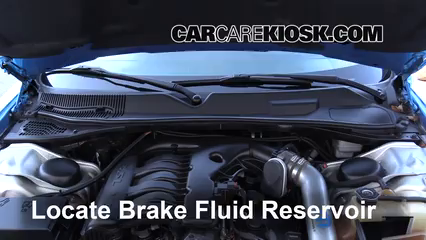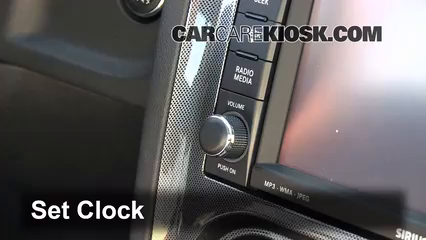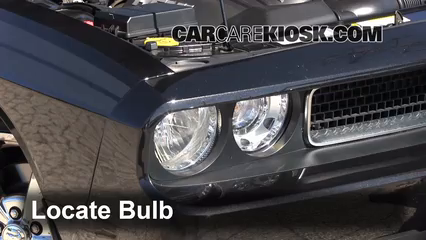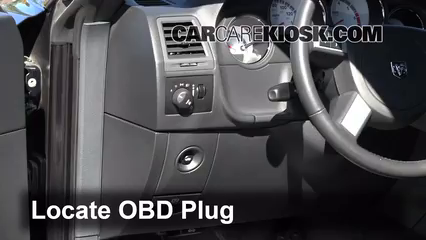Fix Coolant Leaks: 2010 Dodge Challenger SE 3.5L V6
Dodge Challenger Model Years - 2008, 2009, 2010, 2011, 2012, 2013, 2014, 2015, 2016, 2017, 2018, 2019
How to fix a radiator and coolant leak with stop leak
Hans Angermeier is an ASE certified Maintenance and Light Repair Technician and has produced over 100,000 videos showing drivers how to fix things on their cars. He has broad expertise on basic repair procedures covering the majority of cars on the road. Over the past 10 years, Hans has been focused on building CarCareKiosk, which is visited by millions of drivers each month.
- Lake Ford helped make these videos
- Feedback
- Download Dodge owners manuals
Follow the steps in this video to see how to fix minor coolant (antifreeze) leaks in your 2010 Dodge Challenger. Leaking coolant / antifreeze is one of the more common types of leaking fluid from Challenger engines. Engine coolant (which is also called antifreeze or anti-freeze) moves through the inside of your Challenger engine and keeps it from overheating. Coolant / antifreeze can leak from the reservoir, radiator or any hose, in 2010 Challenger with the 3.5 liter engine. However, a coolant leak (aka an antifreeze leak) is most likely to occur where the hoses connect to the engine or radiator. Otherwise, your Challenger may have a radiator leak. This video shows you where the coolant reservoir, hoses and connections on your 2010 Challenger SE are located and the steps needed to fix minor leaks.
A few things to note about coolant is that it is sweet tasting and highly toxic, so it can end up in the dog's stomach pretty quickly. If you ignore a small coolant leak long enough, you will run out of coolant, which leads to an overheated engine and other serious, but highly avoidable, problems. An anti-freeze leak can cause the temp sensor to record high engine temperatures in a 2010 Dodge Challenger. Always protect yourself with safety glasses and gloves when working with the coolant on your Challenger.
- Advance Auto coupon for
20% off entire order: KIOSK20













